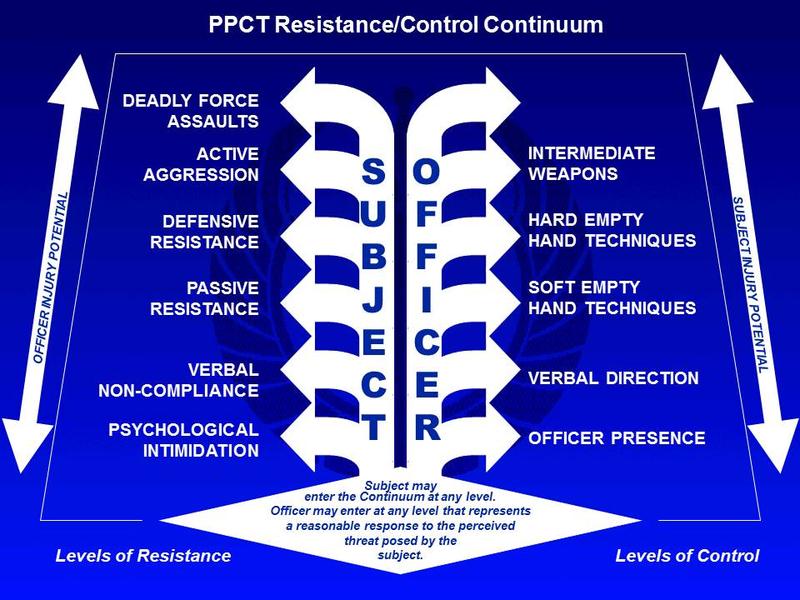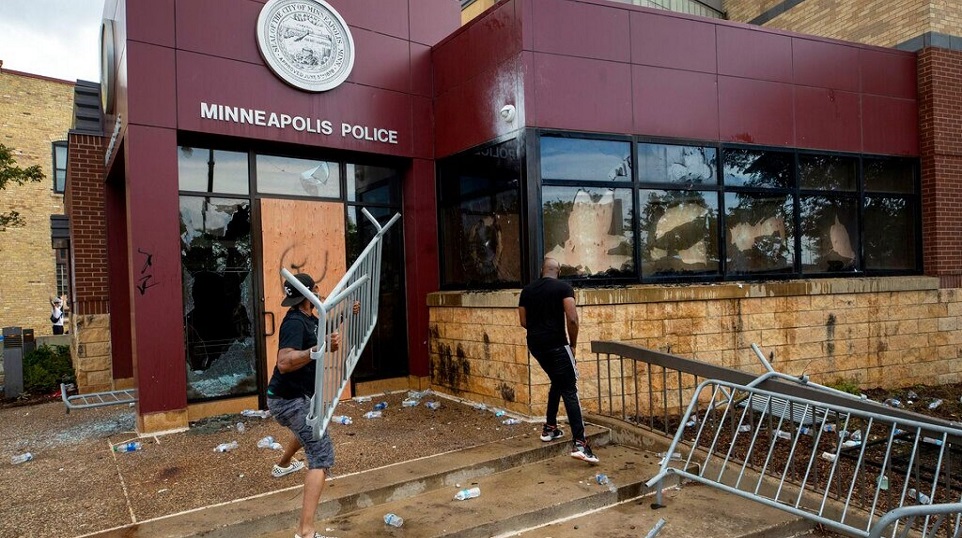Media Anti-Police Coverage: Explaining Law Enforcement’s Resistance/Force Continuum
 Within a brief period, two incidents of alleged excessive use of force by police have created a ripple effect that led to protests, mob rule, looting, arsons, killings and other civil disobedience. Calls for reducing police budgets and even out-and-out disbanding of cities’ police forces saturate broadcast and print news media with so-called news reporters and anchors actually vilifying the men and women who protect and serve the American people based on the actions of a few cops. This is especially the case when a subject is black and the officer is white.
Within a brief period, two incidents of alleged excessive use of force by police have created a ripple effect that led to protests, mob rule, looting, arsons, killings and other civil disobedience. Calls for reducing police budgets and even out-and-out disbanding of cities’ police forces saturate broadcast and print news media with so-called news reporters and anchors actually vilifying the men and women who protect and serve the American people based on the actions of a few cops. This is especially the case when a subject is black and the officer is white.
These are the same people in the Democratic Party, the mainstream news media and the entertainment industry who bemoan the idea that the actions of a few illegal aliens or radical Muslims are representative of the majority of these two groups. One of the most misunderstood aspects of modern law enforcement is the use of physical force or deadly physical force.
Most police, sheriffs and law enforcement agencies have policies that guide their use of force, especially force that involves impact weapons (police batons, tasers, stun guns, etc.). These police force policies describe an escalating series of actions an officer may take to resolve a situation when dealing with a subject who is less than cooperative or who becomes overly aggressive. This continuum generally has many levels, and officers are instructed to respond with a level of force appropriate to the situation at hand, acknowledging that the officer may move from one part of the continuum to another in a matter of seconds.
An example of a use-of-force continuum policy is:
- Officer Presence — No force is used. Considered the best way to resolve a situation.
- The mere presence of a law enforcement officer works to deter crime or diffuse a situation.
- Officers’ attitudes are professional and nonthreatening.
- Verbalization — Force is not-physical.
- Officers issue calm, nonthreatening commands, such as “Let me see your identification and registration.”
- Officers may increase their volume and shorten commands in an attempt to gain compliance. Short commands might include “Stop,” or “Don’t move.”
- Empty-Hand Control — Officers use bodily force to gain control of a situation.
- Soft technique. Officers use grabs, holds and joint locks to restrain an individual.
- Hard technique. Officers use punches and kicks to restrain an individual.
- Less-Lethal Methods — Officers use less-lethal technologies to gain control of a situation.
- Blunt impact. Officers may use a baton or projectile to immobilize a combative person.
- Chemical. Officers may use chemical sprays or projectiles embedded with chemicals to restrain an individual (e.g., pepper spray).
- Conducted Energy Devices (CEDs). Officers may use CEDs to immobilize an individual. CEDs discharge a high-voltage, low-amperage jolt of electricity at a distance.
- Lethal Force — Officers use lethal weapons to gain control of a situation. Should only be used if a suspect poses a serious threat to the officer or another individual.
- Officers use deadly weapons such as firearms to stop an individual’s actions.




